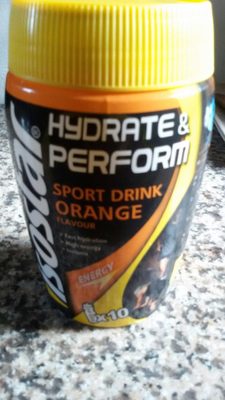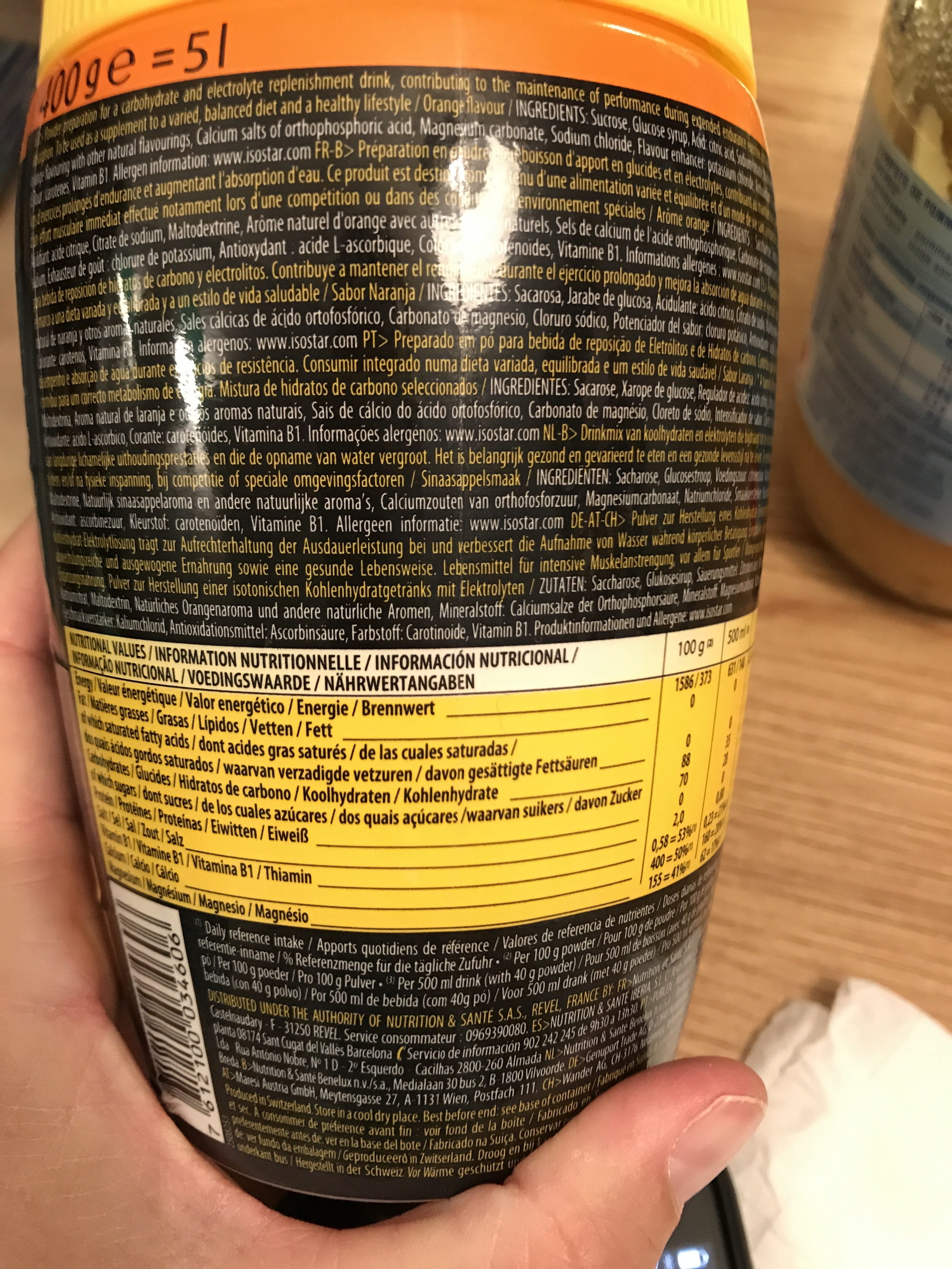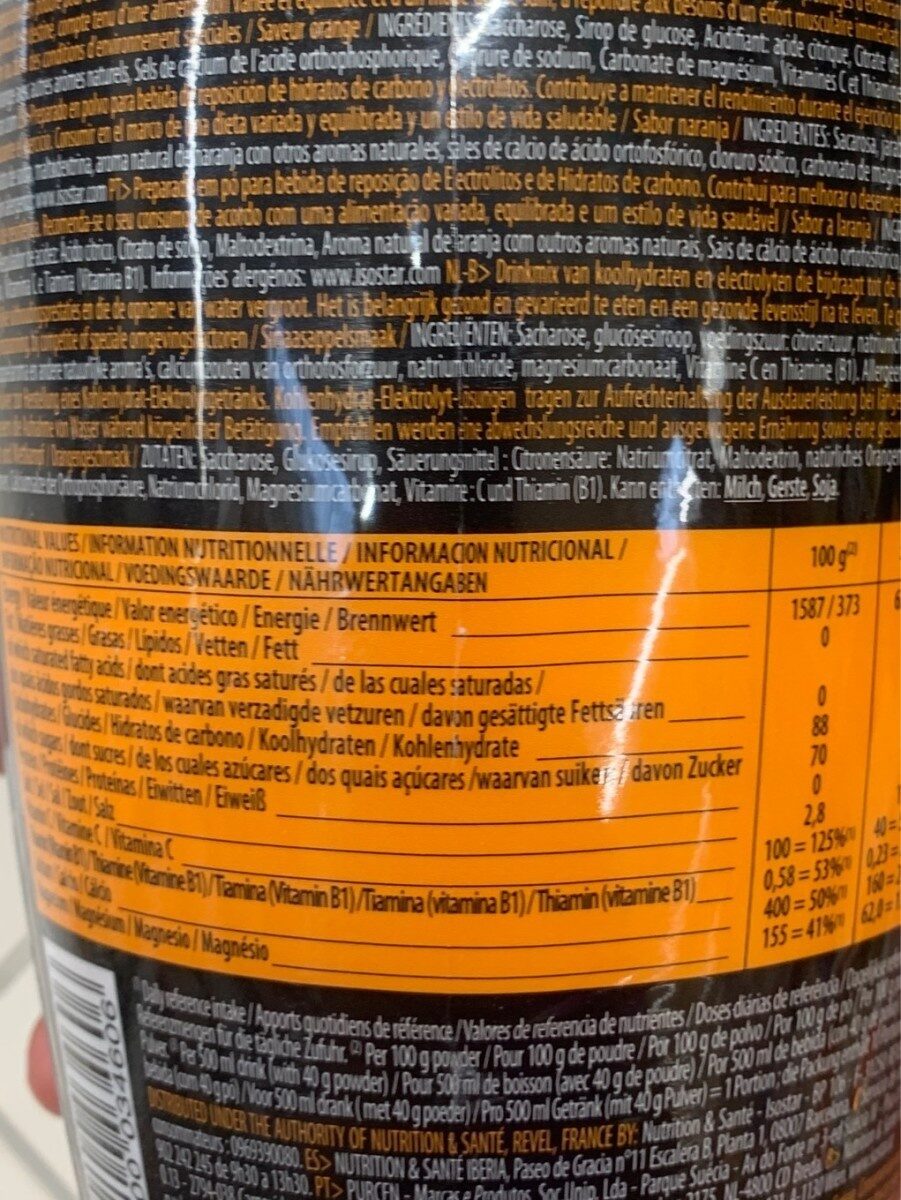400G FAST HYDRATATANTE ORANGE ISOSTAR - 400 g
This product page is not complete. You can help to complete it by editing it and adding more data from the photos we have, or by taking more photos using the app for Android or iPhone/iPad. Thank you!
×
Barcode: 7612100034606 (EAN / EAN-13)
Quantity: 400 g
Brands: Isostar
Categories: Beverages
Labels, certifications, awards: Made in Swiss
Stores: Magasins U, carrefour.fr
Countries where sold: France
Matching with your preferences
Environment
Packaging
Transportation
Report a problem
Data sources
Product added on by openfoodfacts-contributors
Last edit of product page on by driveoff.
Product page also edited by chevalstar, kiliweb, magasins-u, roboto-app, teolemon, yuka.EJkTZdKuMdETDPDSjrsm2jySGPa5CKNDG14Mog, yuka.HLd6EsPSDpUOBNzQzqEr_T-hLNbwKMJLM1Mhog, yuka.NJpdEYCKDfERHPTX4bIk2h-VPsO_CsVQA1Qgog, yuka.Rm84Z000WmFyT3M2bVBjODNBUFkrc05TKzQrSFFEdVpCOGNzSVE9PQ, yuka.U29jeUFLRWZnc1lPb013VnhUZlh3dGt1NWNPNFQzS1dGTmNZSVE9PQ.










